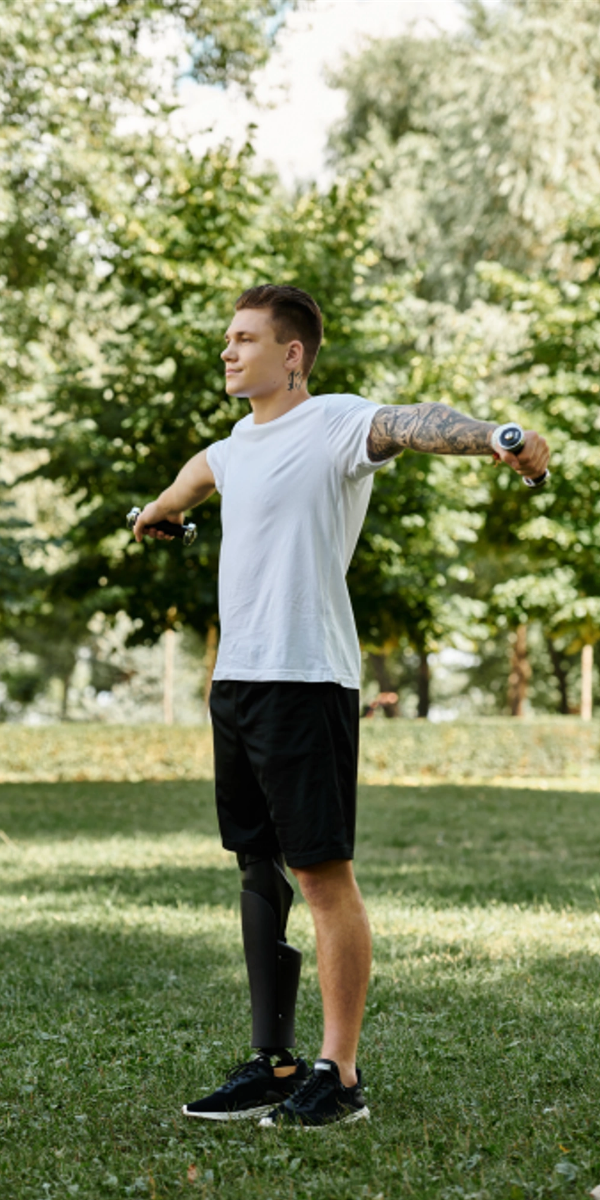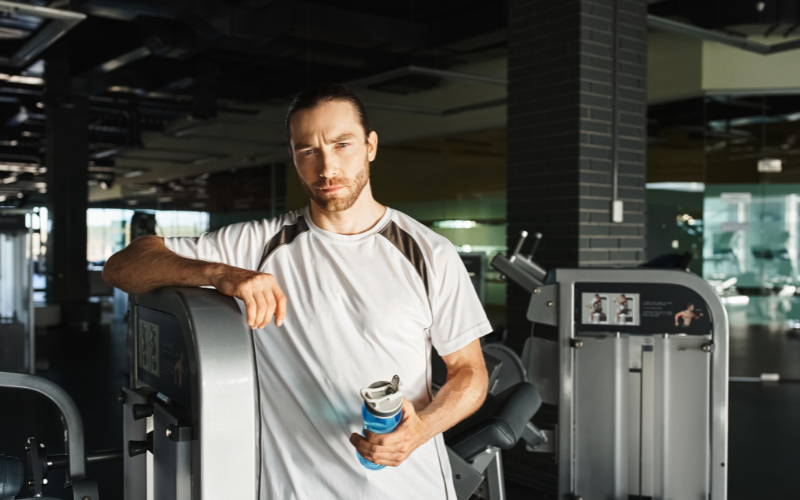PHYSICAL HEALTH
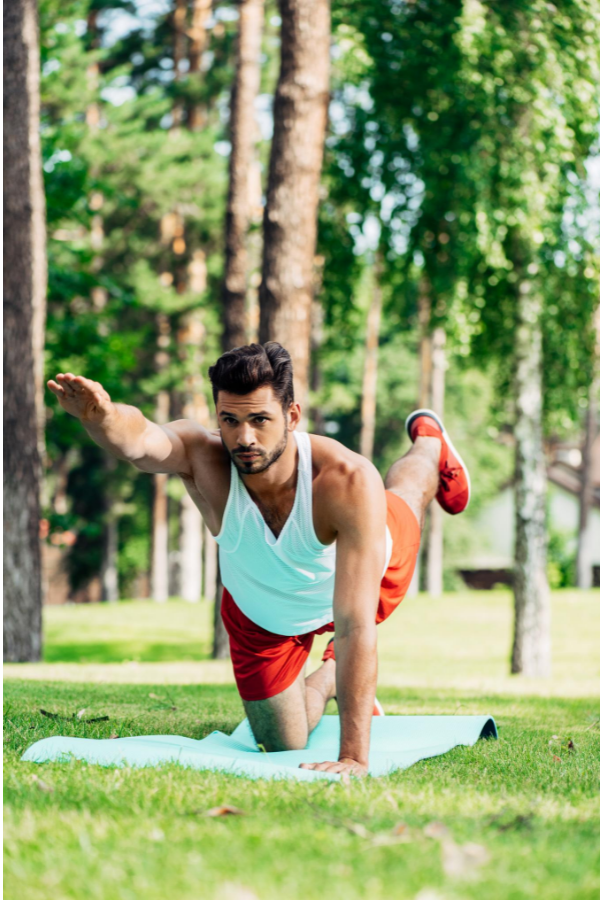
Physical Health: Your Comprehensive Guide to a Better You
Physical health is the cornerstone of a vibrant and fulfilling life. It encompasses not just the absence of illness but also the presence of physical well-being, vitality, and functionality. In this guide, we will explore the components of physical health, practical ways to improve it, and how it connects with overall wellness. Whether you are a beginner or someone seeking advanced tips, this article has something for everyone.
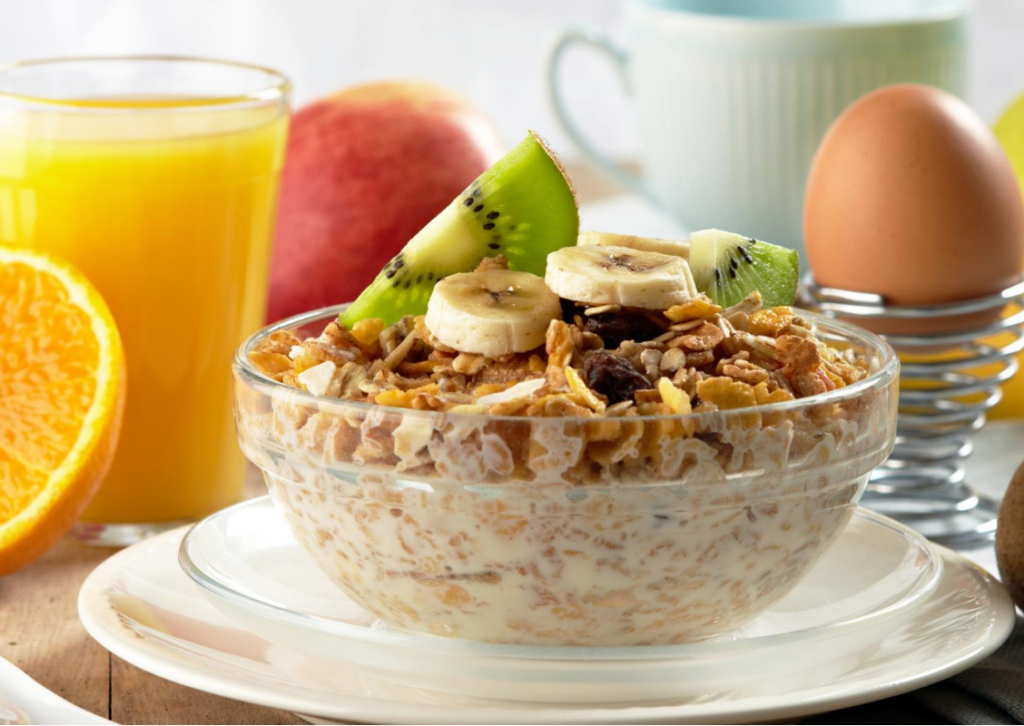
- Macronutrients: Proteins, carbohydrates, and fats for energy and tissue repair.
- Micronutrients: Vitamins and minerals such as vitamin D, calcium, and iron.
- Hydration: Drinking enough water to maintain bodily functions and prevent dehydration.
- Improve cardiovascular health.
- Boost muscle strength and endurance.
- Enhance flexibility and mobility.
- Aid in weight management.
- Reduce the risk of chronic diseases like diabetes and hypertension.


- Aerobic (e.g., running, cycling, swimming)
- Strength training (e.g., weight lifting, resistance bands)
- Flexibility exercises (e.g., yoga, stretching)
- Balance and coordination (e.g., tai chi, pilates)
- Muscle recovery.
- Cognitive function.
- Emotional well-being.
- Hormonal balance.
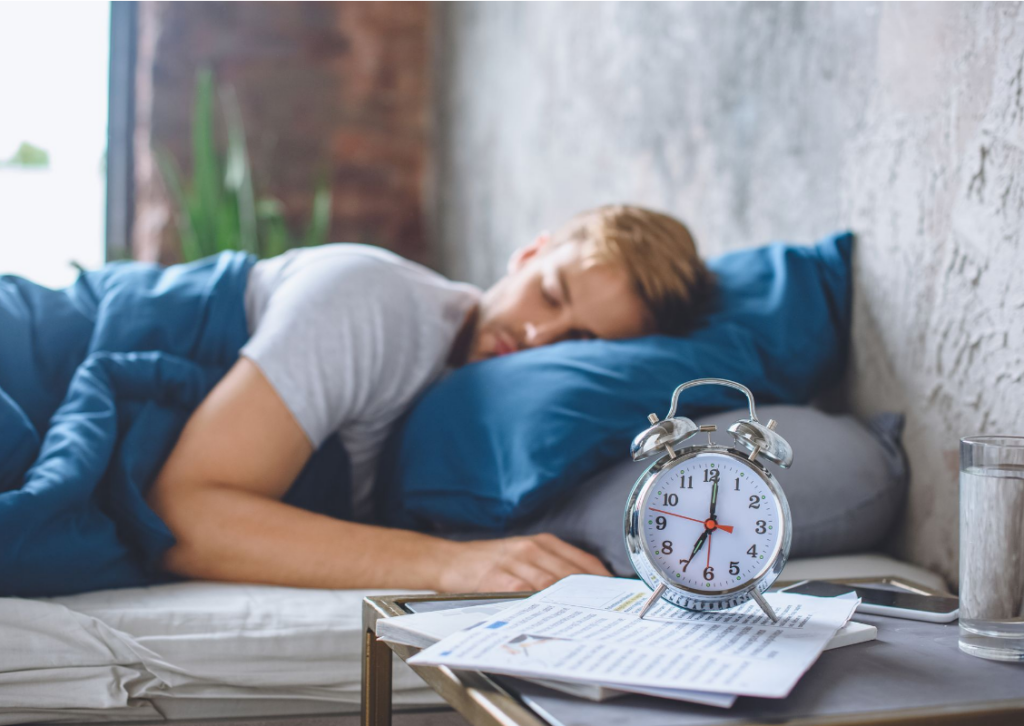

- Stick to a consistent sleep schedule.
- Create a sleep-friendly environment (dark, cool, and quiet).
- Avoid caffeine and heavy meals before bedtime.
- Routine check-ups with healthcare providers.
- Vaccinations to protect against diseases.
- Regular screenings (e.g., blood pressure, cholesterol, cancer) based on age and risk factors.


- Start Small, Build Gradually If you are new to a healthy lifestyle, start with small changes such as:
- Replacing sugary drinks with water.
- Taking a 10-minute walk daily.
- Preparing one healthy meal a day at home.
- Set Realistic Goals Establish achievable short-term and long-term goals. For instance:
- Short-term: Walk 5,000 steps daily for a week.
- Long-term: Run a 5K race in six months.
- Make Exercise Fun and Social Exercise doesn’t have to be boring. Join classes, find a workout buddy, or engage in sports you enjoy to make physical activity a rewarding habit.
- Prioritize Meal Prep Batch cooking and meal planning can help ensure you eat nutritious meals consistently, even on busy days.
- Stay Active Throughout the Day
- Use the stairs instead of elevators.
- Incorporate standing or walking breaks if you have a sedentary job.
- Use a pedometer or fitness tracker to monitor activity levels.
- Mind Your Posture Poor posture can lead to chronic pain and other physical issues. Simple practices like ergonomic workstations and regular stretching can make a big difference.
- Be Consistent, Not Perfect Consistency is more important than perfection. Missing one workout or indulging in a treat doesn’t mean you’ve failed. Get back on track without guilt.
- Supports mental health by reducing stress and depression through endorphin release.
- Enhances social well-being by enabling participation in activities.
- Positively impacts productivity and quality of life.
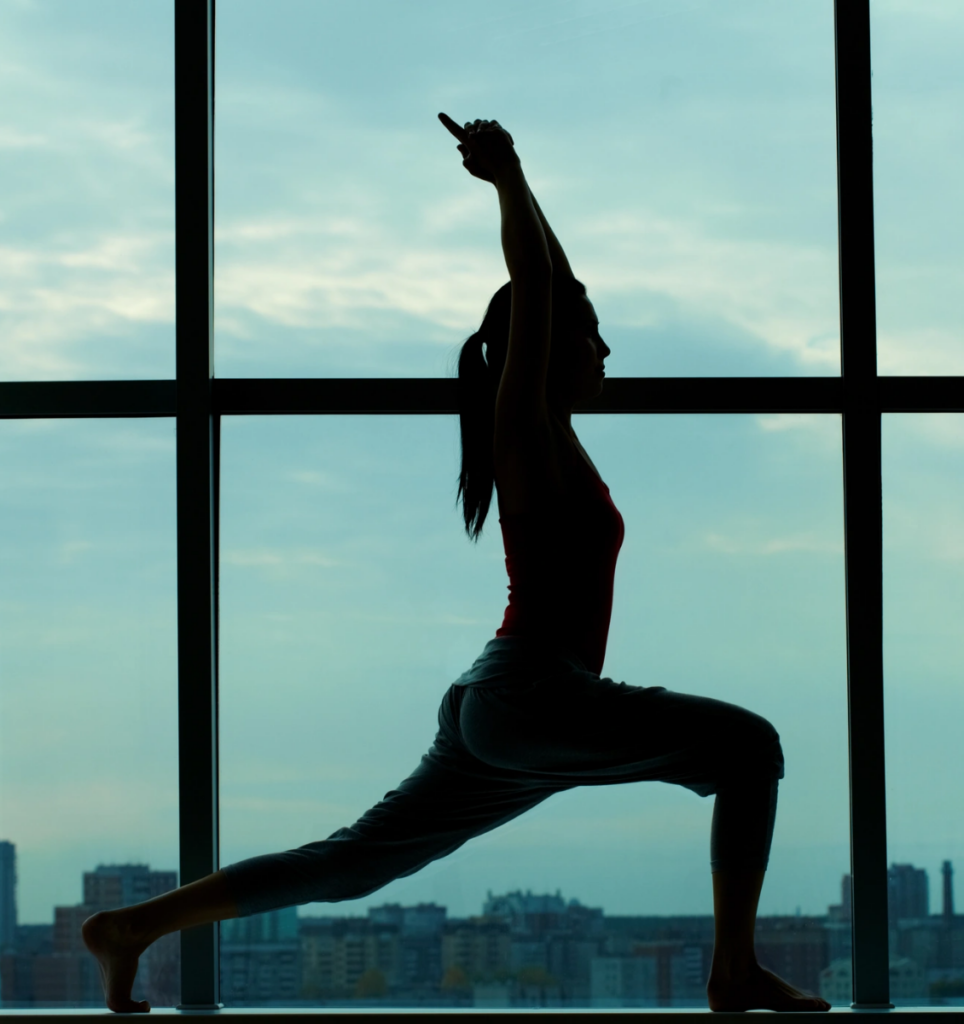

- Fine-Tune Your Diet Consider working with a nutritionist to personalize your macronutrient intake based on activity levels and goals.
- Track Metrics Use devices or apps to monitor sleep patterns, caloric intake, and exercise performance.
- Diversify Activities Prevent plateaus and boredom by trying new activities and cross-training.
- Mind-Body Practices Incorporate mindfulness into physical activity through yoga, tai chi, or breathing exercises to enhance both physical and mental benefits.
- Professional Guidance Seek advice from personal trainers, physiotherapists, or healthcare professionals for tailored plans and injury prevention.
Conclusion
Physical health is an investment that yields lifelong dividends. By nurturing your body through proper nutrition, regular exercise, adequate sleep, and preventative care, you not only improve your longevity but also the quality of your life. Start your journey today, one step at a time, and embrace the joy of feeling your best.

